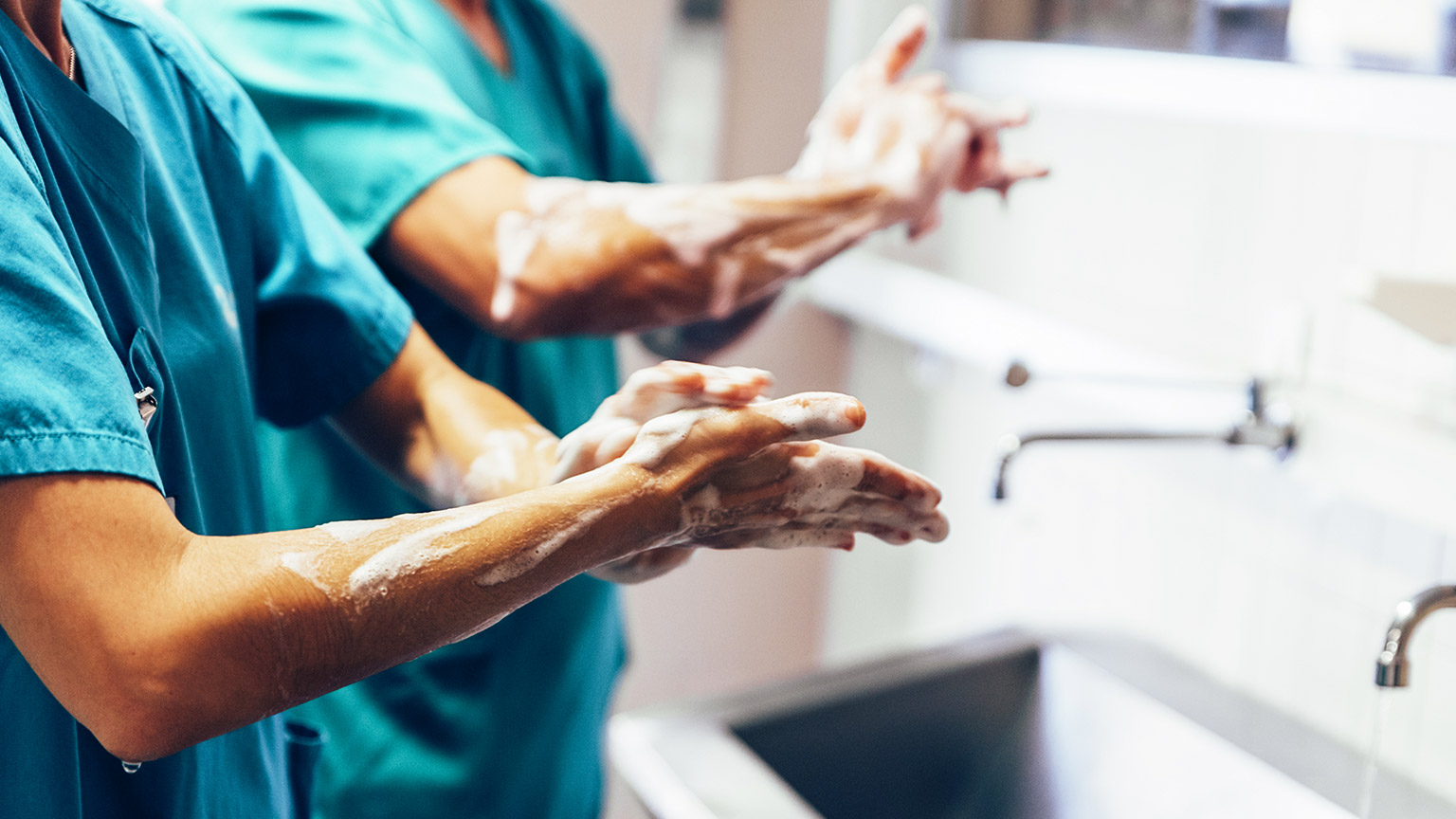Maintaining personal hygiene and safety whilst working in an animal care environment is important for both health and social reasons. Keeping your hands, head and body clean and protected helps to stop the spread of germs and illnesses, protects you from injury, keeps your appearance professional and limits conditions such as body odour.
What does good personal hygiene look like?
The essentials of personal hygiene, especially when working in a professional environment alongside colleagues and customers, include the following:
- handwashing - helps to prevent the spread of germs and illnesses
- dental care - wards off gum disease, bad breath and tooth decay
- bathing and showering - maintains clean hair and body
- deodorising - prevents body odour
- laundering - ensures clean clothes by removing dirt, odours and stains.
What does maintain personal safety involve?
Personal Protective Equipment (PPE)
Provides some protection against contaminants and impact/repetition injuries.
Policies and Procedures
Provide guidance and step-by-step processes in regards to the operation of equipment and the use of dangerous substances.
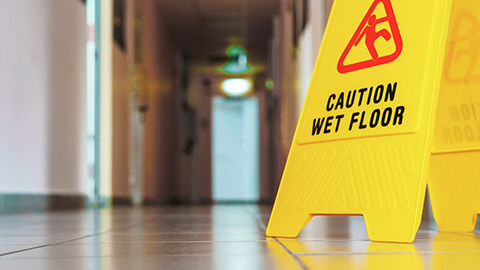
Signage
Informs you of a variety of potentially dangerous products, situations or equipment.
Health and Wellbeing
Recognising signs of stress and fatigue before they impact you too much.
Maintaining personal hygiene should always be a top priority at any given time, however, even more so when working with animals in a hospital or veterinary setting. Let us take a look at some common practices for maintaining personal hygiene.
Hand hygiene
Ineffective or infrequent handwashing and other personal hygiene practices are some of the most common causes of disease transmission. Hands should be washed:
- when arriving at work/clinic
- before and after handling animals
- after conducting a medical examination on an animal
- after conducting cleaning duties
- after handling animal waste
- after visiting the toilet
- before and after applying or giving medication
- after mixing chemicals, for example, diluting disinfectants
- after handling money
- before preparing food items
- before leaving for the day
- before and after eating.
Animals of unknown history or health status should be handled with disposable gloves, however, wearing gloves does not remove the need to wash hands.
Handwashing in practice
It is important to take the time to thoroughly wash your hands. Simply wetting your hands with water and soap, together with a quick rinse, is not going to rid your hands of bacteria.
The following steps have been recommended by the World Health Organization and must be followed each time you wash your hands.
- Wet hands with water.
- Apply enough soap to cover the entire surface of your hands.
- Rub your hands palm to palm.
- Place one palm on top of the back of your other hand and interlace your fingers, rubbing the soap between them and swap your hands to repeat the same step on the other hand.
- Rub your palms together interlacing fingers.
- Rub the backs of your fingers with opposing palms and fingers interlocked.
- Rotate thumbs clasped in one hand and repeat.
- Rub clasped fingers back and forth on the palms of your hands and repeat.
- Rinse hands with water.
- Dry hands thoroughly with a disposable paper towel.
- Use a towel to turn off the faucet (tap).
- The process is complete.2
The following video outlines the handwashing procedure broken down and put into practice as recommended by the World Health Organization.
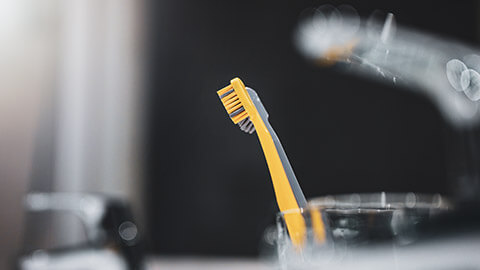
Dental care
To have a professional image and maintain cleanliness, a person should maintain good dental hygiene. A recommendation of 2 visits a year to the dentist, along with daily brushing should be all the average person needs to maintain cleanliness and to keep problems, such as gum disease, bad breath and tooth decay at bay. In an animal care setting, you will frequently communicate with people (whether it be staff or clients) so it’s vital to ensure the best care is taken regarding your personal hygiene. By taking care of your dental health, you will also avoid any major health implications that may arise in the long term.
Bathing/showering
Similarly to dental hygiene, it is equally important to maintain a high level of cleanliness by bathing or showering regularly. Working in the animal care industry you will be undertaking tasks that may cause the body to perspire, resulting in body odour. You will also have direct contact with animals while handling them. Washing your body is something that should be done daily to ensure cleanliness is maintained.
Deodorising
It is quite common to be caught up in the fast-paced cycle of work when in the animal care industry. One moment you might be completing documentation, another moment you may be holding a dog to be given a vaccination and another moment you may be hastily setting up equipment for an emergency. In a fast-paced environment, it is likely one's body will respond by sweating. Offensive odour can be unpleasant for those around us. Maintaining a deodorising routine will help avoid this.
Laundering
When dressing for work, consider if the clothing you select to wear is going to be something you also wish to wear outside of work (including shoes). When dealing with animals there is always going to be some element of risk when it comes to stains and odours rubbing off onto your clothing. In certain situations, you may need to wash the clothing a little more frequently, for example, in the case of bodily fluid (blood, urine and faeces) coming into contact with yourself. In maintaining a professional overall image, double-check your clothing for stains and odours regularly and change and wash the clothing as required. Dirty clothing is not only a risk to you, but also to patients and clients with whom you will be in direct contact.
Wash your work clothes separately from everyday clothing, especially if you have worked in the isolation ward of a veterinary hospital. In this case, they should be washed at a minimum temperature of 40 degrees Celsius.
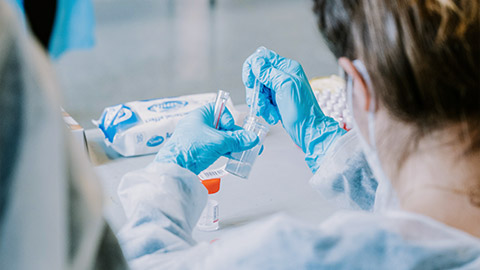
As the name suggests, personal protective equipment or PPE provides you with protection when working around animals. Some of the benefits of wearing PPE include:
- protection from pathological contamination of yourself or other animals from blood and other body fluids
- protection from injury
- protection from environmental conditions such as heat or the climate
- prevention of damage and protection from dirt and stains to your clothes.
Certain roles in the animal care industry will require higher levels of PPE than others. For example, Animal Technology workers in laboratories may be interacting with animals that have highly contagious diseases as part of scientific studies.
It is important to ensure your PPE is well maintained and that it fits you correctly.
Some examples of PPE that you may use in your workplace are:
Hairnet/protective hood
Helps to prevent loose hair from contaminating an open wound, incision, or food. It also prevents contamination of a patient or the person handling the patient. This includes broad-brimmed hats, hard hats, hairnets, and scrub caps.
Goggles
Prevent contamination of the eyes from splashes, sprays, and respiratory droplets. They must fit snugly particularly in the corners and across the brow.
Full face shields can also be worn and have the added benefit of reducing transmission via the nose and mouth.
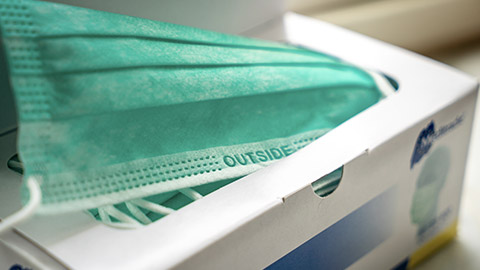
Masks
Help to prevent contamination of the mouth and nose from splashes, sprays, and respiratory droplets and helps to reduce instances of hand to face contact that can occur subconsciously.
Can be a simple cloth or disposable paper mask or can be more industrial such as the N95 mask which has a built-in respirator that filters out airborne particles.
Other types of masks include full ventilation masks that are connected to an oxygen mix cylinder for use in smokey or gaseous environments, however, these will be less common in most workplaces as they are specific to certain industries or emergency personnel.
Gloves
Help to prevent hand contamination and the spread of infection between animals. Can be reusable (heavy-duty rubber) or single-use (latex, nitrile, or vinyl). There are also cut-resistant gloves.
Gloves must be changed regularly and should not be considered a replacement for hand washing. It is very important to wash your hands as well as wear gloves.
Protective clothing
Prevents contamination of the skin and also protects personal clothing. Types include reusable cloth overalls (coveralls), hats, masks, scrub tops, caps, hairnets and disposable gowns and aprons.
Protective footwear
Helps to prevent contamination in sterile areas and also damage to everyday footwear and can provide protection from crush injuries. Types include disposable shoe/boot covers, rubber boots and steel capped boots.
Hearing protection
Helps prevent overexposure to loud noises that may cause the loss of hearing. Types may include earmuffs or earplugs.
Other examples of PPE include:
- long-sleeved shirts
- sunscreen
- road-brimmed hats
- shade
- sunglasses if you are working outside.
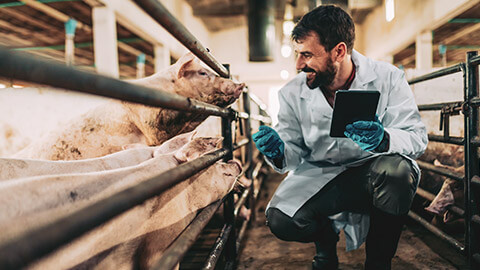
In the animal care industry, you may encounter situations that cause psychological damage or stress. Some of these situations may include:
- overtime and working long hours
- shift work
- dealing with difficult and/or grieving clients
- animal suffering
- euthanasia of sick and sometimes healthy animals
- heavy workloads
- conflicts with colleagues
- workplace bullying and harassment.
Work-related stress is a significant health and safety issue and may have temporary or lasting effects on your mental health and physical well-being. It is important to be able to recognise the signs and symptoms of work-related stress and seek help from your supervisor or manager, family member, close friend, doctor or psychologist if you need help.
Some indications that you may be suffering from stress include:
- chest pain or pounding heart
- fatigue
- nausea, diarrhoea or constipation
- low immune system - catching colds easily
- muscle tension and headaches
- fast, shallow breathing and excessive sweating
- appetite changes
- sleep disturbances
- feeling overwhelmed or frustrated
- feeling guilty or unhappy
- crying regularly
- being irritable
- losing confidence or being indecisive
- negative thinking
- racing thoughts, especially at night, preventing you from sleeping
- memory problems
- excessive worrying.
Stress and fatigue can affect an employee's performance and safety in the workplace. It is important to recognise the signs of personal stress and fatigue and take appropriate action to reduce unsafe work practices.
Examples of how personal stress and fatigue can affect workplace safety include:
- injury to yourself or others
- taking shortcuts, creating risks and hazards within the workplace
- incorrect use of machinery leading to hazards and injuries
- increased risk of mistakes being made
- slow reaction times
- reduced attention or concentration
- limited short-term memory
- impaired judgment
- accidents occurring.
